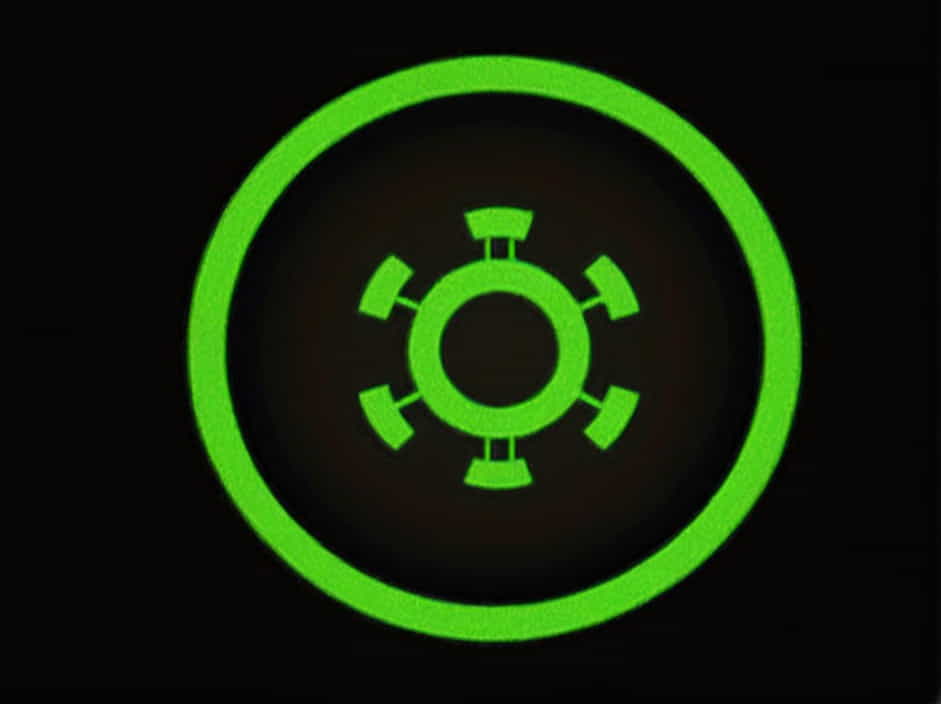Tritium is one of the three isotopes of hydrogen, along with protium and deuterium. While protium (ordinary hydrogen) has only one proton, and deuterium has one proton and one neutron, tritium is unique because its nucleus contains one proton and two neutrons.
This structure gives tritium distinctive physical and chemical properties, making it important in fields like nuclear fusion, radioluminescent devices, and scientific research. In this topic, we explore what the nucleus of tritium consists of, its stability, uses, and how it differs from other hydrogen isotopes.
What Is Tritium?
Tritium is a radioactive isotope of hydrogen, symbolized as ³H. Unlike ordinary hydrogen (¹H) and deuterium (²H), tritium contains an extra neutron, making it heavier and unstable.
Basic Properties of Tritium
✔ Atomic Number: 1 (same as all hydrogen isotopes)
✔ Mass Number: 3 (1 proton + 2 neutrons)
✔ Nuclear Composition: 1 proton, 2 neutrons
✔ Half-Life: 12.32 years (radioactive decay)
✔ Type of Decay: Beta decay (³H → ³He + β⁻ + ν̅)
Tritium occurs naturally in very small amounts but can also be artificially produced in nuclear reactions.
The Nucleus of Tritium: Composition and Structure
The nucleus of tritium, known as a triton, consists of:
✔ 1 Proton – The positively charged ptopic that defines it as hydrogen.
✔ 2 Neutrons – Neutral ptopics that contribute to its mass and stability.
This makes tritium heavier than protium and deuterium while remaining chemically similar.
Why Does Tritium Have Two Neutrons?
✔ Neutrons help stabilize the nucleus by counteracting the repulsive force between protons.
✔ Without neutrons, multiple protons in an atom would repel each other, making heavier hydrogen isotopes impossible.
However, too many neutrons can lead to instability, which is why tritium is radioactive and eventually decays into helium-3.
How Tritium Differs from Protium and Deuterium
1. Protium (¹H) – The Most Common Hydrogen
✔ Contains only 1 proton and no neutrons.
✔ Most abundant isotope of hydrogen (99.98%).
✔ Stable and does not decay.
2. Deuterium (²H) – The Heavy Hydrogen
✔ Contains 1 proton and 1 neutron.
✔ Found in small amounts in water (heavy water, D₂O).
✔ Stable and non-radioactive.
3. Tritium (³H) – The Radioactive Hydrogen
✔ Contains 1 proton and 2 neutrons.
✔ Rare in nature, mostly produced in nuclear reactions.
✔ Radioactive, decays into helium-3 (³He) over time.
Why Is Tritium Radioactive?
Tritium is unstable because its proton-to-neutron ratio is unbalanced. With two neutrons and only one proton, the nucleus is prone to beta decay.
Beta Decay of Tritium
✔ Tritium (³H) decays into helium-3 (³He) by emitting a beta ptopic (electron, β⁻) and an antineutrino (ν̅).
✔ The equation for tritium decay:
³H → ³He + β⁻ + ν̅
✔ This process releases energy, which can be used in scientific applications.
Since its half-life is 12.32 years, tritium gradually transforms into stable helium-3 over time.
How Is Tritium Produced?
1. Natural Sources
✔ Formed in the upper atmosphere when cosmic rays interact with nitrogen.
✔ Found in trace amounts in groundwater and seawater.
2. Artificial Production
✔ Nuclear reactors: Tritium is produced as a byproduct in nuclear fission.
✔ Lithium reactions: When lithium-6 is bombarded with neutrons, it produces tritium:
⁶Li + n → ³H + ⁴He.
This controlled production is useful for nuclear fusion and other applications.
Uses of Tritium
Despite being radioactive, tritium has valuable applications in science and technology.
1. Nuclear Fusion Fuel
✔ Used in experimental fusion reactors like ITER.
✔ Combines with deuterium (²H) to form helium, releasing massive energy:
²H + ³H → ⁴He + n + energy.
✔ Future clean energy source with no carbon emissions.
2. Self-Powered Lighting (Radioluminescence)
✔ Tritium gas is used in exit signs, watches, and military devices.
✔ Emits low-energy beta radiation that excites phosphors, producing light.
3. Scientific Research
✔ Used as a radioactive tracer in biology and chemistry.
✔ Helps in water movement studies and DNA research.
4. Nuclear Weapons
✔ Used to enhance the power of hydrogen bombs.
✔ Reacts with deuterium to create a thermonuclear explosion.
Tritium Safety and Environmental Impact
Although tritium is radioactive, it emits low-energy beta radiation, which cannot penetrate human skin. However, it can be harmful if ingested or inhaled.
Tritium Safety Measures
✔ Stored in sealed containers to prevent leaks.
✔ Used in controlled environments like nuclear reactors.
✔ Monitored in drinking water to prevent contamination.
Since it decays into non-radioactive helium-3, its long-term environmental impact is minimal.
Frequently Asked Questions (FAQs)
1. How is tritium different from regular hydrogen?
Tritium has two extra neutrons, making it radioactive and heavier than regular hydrogen.
2. Is tritium dangerous?
Tritium is harmless externally, but if inhaled or ingested, it can pose health risks due to radiation exposure.
3. Why is tritium used in nuclear fusion?
Tritium and deuterium fusion releases immense energy, making it a potential clean energy source.
4. Can tritium be found in nature?
Yes, but in very small amounts. Most tritium is artificially produced in nuclear reactors.
5. Does tritium glow in the dark?
Not by itself. It emits beta radiation, which excites phosphors in radioluminescent devices, making them glow.
The nucleus of tritium consists of one proton and two neutrons, making it heavier and radioactive compared to other hydrogen isotopes. Its unique properties make it valuable in nuclear fusion, lighting, research, and energy production.
✔ Stable isotopes like protium and deuterium do not decay, while tritium undergoes beta decay into helium-3.
✔ Artificially produced tritium is used in fusion research and radioluminescent devices.
✔ Safety measures are essential to prevent contamination and exposure.
As research on nuclear fusion advances, tritium could play a key role in future clean energy solutions, offering sustainable and powerful alternatives to fossil fuels.
